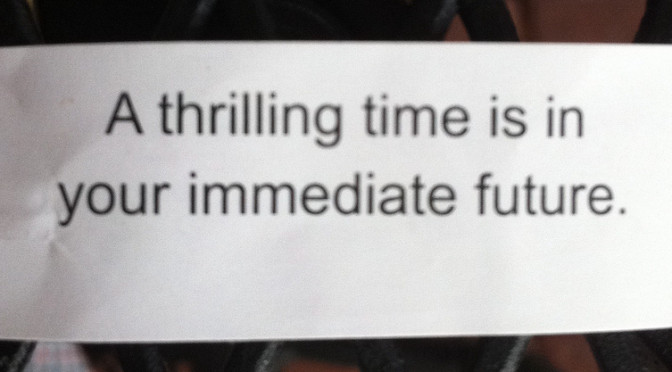“Where ignorance is bliss, ’tis folly to be wise.” – Thomas Gray, 1742
“I always feel like…somebody’s watching me.” – Rockwell, 1984
This month’s Scientific American contains a feature called The Story of Grand Central Station and the Taming of the Crowd. If you’ve ever been in a public transportation terminal at rush hour, you know that commuters expect the crowd to flow. In fact, when people disrupt flow intentionally or not, it causes issues. When a friend of mine first moved to New York, he told me how he used to stop to let people pass, which was courtesy in the south. The result was that other people had to stop moving as well, impeding flow, and making people angry. No wonder JetBlue hired a Broadway choreographer to help redesign JFK’s terminal 5 – flow is critically important.
Well designed spaces facilitate better outcomes. In the case of transportation terminals, passengers move freely and avoid congestion. Within a business, employees are able to access resources easily and work more efficiently. Organizational design applies to both physical and virtual spaces.


